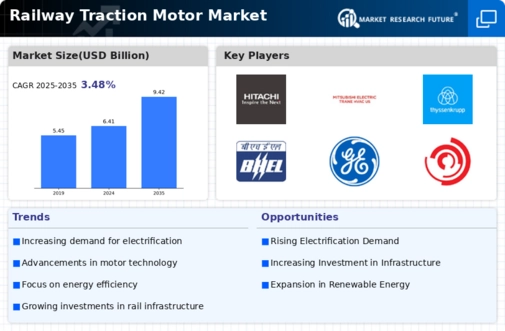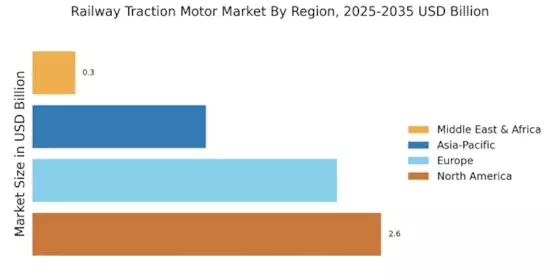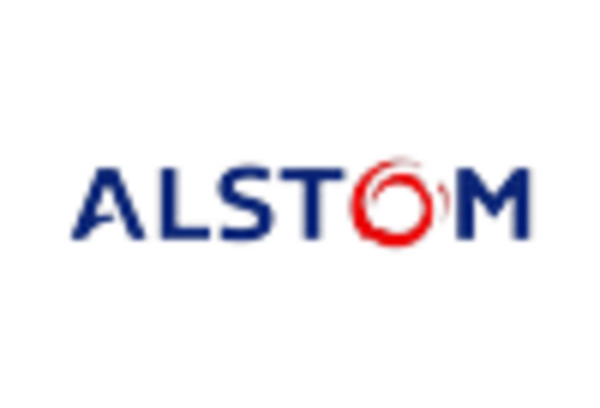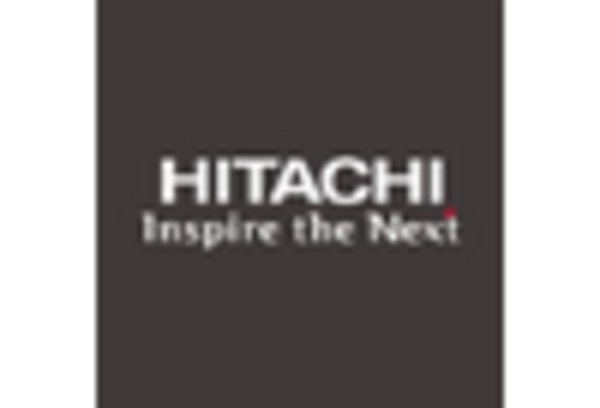Railway Traction Motor Market Summary
As per MRFR analysis, the Railway Traction Motor Market was estimated at 6.467 USD Billion in 2024. The Railway Traction Motor industry is projected to grow from 6.693 USD Billion in 2025 to 9.422 USD Billion by 2035, exhibiting a compound annual growth rate (CAGR) of 3.48 during the forecast period 2025 - 2035.
Key Market Trends & Highlights
The Railway Traction Motor Market is poised for substantial growth driven by electrification and technological advancements.
- The market is experiencing a notable shift towards the electrification of rail systems, particularly in North America.
- Integration of smart technologies is becoming increasingly prevalent, enhancing operational efficiency and safety in rail transport.
- High-speed trains remain the largest segment, while metro trains are emerging as the fastest-growing segment in the Asia-Pacific region.
- Key market drivers include government investments in rail infrastructure and a strong focus on sustainability, which are propelling the adoption of advanced traction motors.
Market Size & Forecast
| 2024 Market Size | 6.467 (USD Billion) |
| 2035 Market Size | 9.422 (USD Billion) |
| CAGR (2025 - 2035) | 3.48% |
Major Players
Siemens (DE), General Electric (US), Alstom (FR), Bombardier (CA), Mitsubishi Electric (JP), Hitachi (JP), ABB (CH), Toshiba (JP), Wabtec (US)


















Leave a Comment